So where you from?
Origin of the Scottish Highlander
Well, it is called the Scottish Highlander…
So let’s state the obvious: the Highland Cow is a Scottish breed of rustic cattle. It originated in the Scottish Highlands and the Outer Hebrides, way up north and on the islands where cold wind and rain have free rein.
The Highland cow grew to be what it is now through a process of natural selection, where only the fittest and most adaptable animals survived to carry on the breed.
It’s a hardy breed that braves the intemperate conditions of the Scottish Islands en Highlands. Whereas other breeds cannot withstand cold weather, heavy rainfall, powerful winds and snow, Highland cattle live quite happily in these conditions. Already at birth, calf are hardy. It’s not unusual for calfs to be born in Winter.
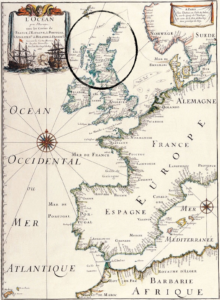
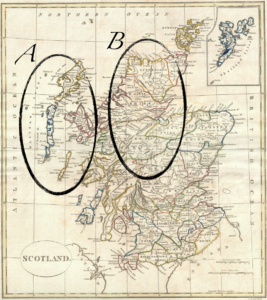
source:
https://www.ebay.co.uk/itm/A4-Reprint-of-Old-Map-European-Great-Britain-Map-/192878970018
https://commons.wikimedia.org/wiki/File:1799_Clement_Cruttwell_Map_of_Scotland_-_Geographicus_-_Scotland-cruttwell-1799.jpg
The Highland descends from the Hamitic of Egyptian Longhorn, which was brought to Britain by Neolithic farmers as they migrated northwards through Africa and Europe in 2000 BC.
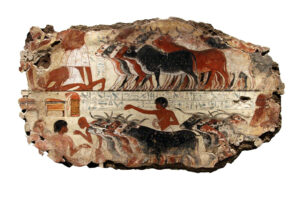
source:
https://artsandculture.google.com/asset/nebamun’s-cattle-fragment-of-a-scene-from-the-tomb-chapel-of-nebamun/ZwHSeXSNxQJnFQ
Highland cattle were historically important to the economy of Scotland. Originally, small farmers kept highlands as “house cows” to produce milk and eventually for meat. Later on, the cattle would be raised for meat primarily and sold in England.
The Scottish Highland is one of the oldest breeds in the world, simply because it’s the oldest registered breed. The Highland Cattle Registry or Herd Book was established in 1885 and is the oldest herd book in the world that on top of that, to this day, still is kept. Archaeological evidence of the breed goes back to the 6th century, with written records existing from the 12th century.
In 1885, the Highland Cattle Registry describes two distinct types of Highland Cattle:
- One was the West Highland, also known as “Black Cattle” or “Kyloe”, originating and living mostly in the Outer Hebrides, which had the harshest conditions. These cattle tended to be smaller, to have black coats and, because of the more rugged environment, to have long hair. They were named due to the practice of relocating them. The kyles are narrow straits of water, and the cattle were driven across them to get to market.


bron:
https://www.argyllcruising.com/gallery/#180-gallery/3373
- The other type was the Mainland. These tended to be larger because their pastures provided richer nutrients. They came in a range of colors, most frequently dun or red.
These types have now been crossbred so that there is no distinct difference and all Highland cows are now being referred to as “Higland cattle”.
Although a group of cattle is generally called a herd, a group of Highland cattle is known as a “fold”. This is because in winter, the cattle were kept in open shelters made out of drystone walls. These shelters ware commonly known as folds and protected the herd from the weather at night.

a fold made out of drystone walls
source:
http://www.merchantandmakers.com/wp-content/uploads/2014/11/Merchant-and-Makers-Dry-Stone-Walls-33-Sheep-pen-nr-Buttertubs-Pass-Yorkshire-Dales.jpg
While today the Highland is most known for their distinctive red or brown coat, their original color was mainly black up until 1849. The story goes that Queen Victoria, while visiting the Highlands of Scotland in the years 1840s, commented that she preferred the red colored cattle and ordered selective breeding to increase the number of red Highlands.
In 1954, Queen Elizabeth II ordered Highland cattle to be kept at Balmoral Castle. They are still kept today on the grounds and to this day, The Royal Fold is considered one of the best folds in the United Kingdom and all over the world.
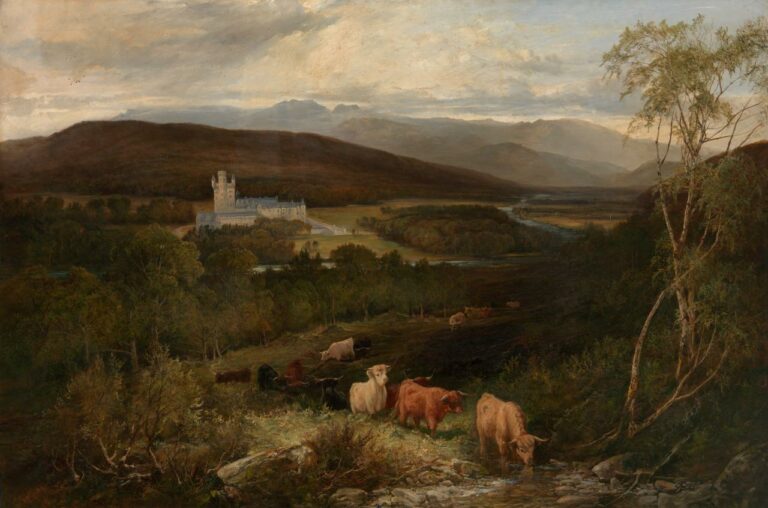
“Balmoral” by Joseph Denovan Adam senior. 1876-1877
source:
https://www.ngv.vioc.gov.au/explore/collections/work/3691/
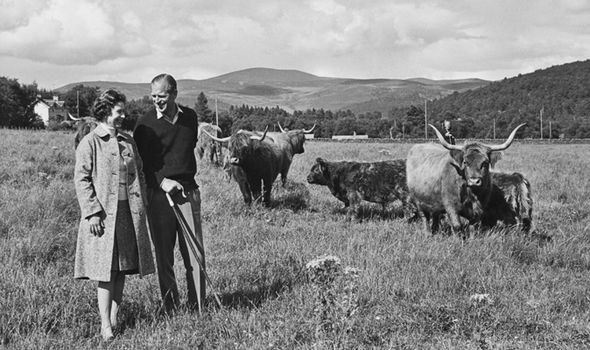
Queen Elizabeth and Prince Philippe with their Highland Cattle at Balmoral in 1972
source:
Getty Images/Fox Photos